Part of the process of “carrying” is to help acclimate to the elevation — climb high, sleep low. Do that a few times and your body adjusts. We were also constantly being reminded to drink water; 3-4 liters per day on the lower section and now 6-7 liters per day at these higher elevations. I understood that dehydration is a major contributor to altitude sickness however, I thought these quantities were hurting more than they were helping. Let me explain.
Drinking Plain Water Does Not Hydrate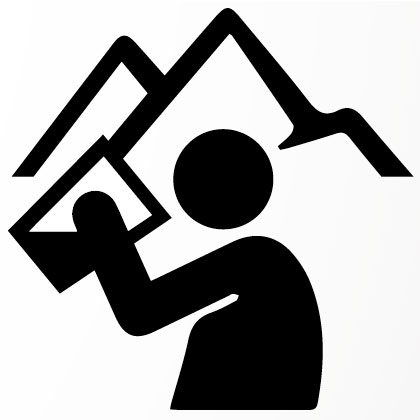
While our guides made sure we were always pounding a Nalgene, they never once mentioned the importance of having electrolytes added to that water. They would say “drink, drink, drink — make sure you are drinking — 6 to 7 liters — drink my friends, drink”. My response was “I am — so much that I’m peeing every hour”, to which they would say “bien”.
No, not bien… no bueno!
Water, by itself, is not hydration!! In fact, too much plain water can cause the exact problems you are drinking to avoid. Crazy, right? Look up hyponatremia. It’s symptoms are much like the early signs of altitude sickness: headache, nausea and brain swelling to name only a few.
My water, as much as I was following the “rules”, contained electrolytes — without fail. At 6 to 7 liters per day, the problem for me was getting too many electrolytes! I was struggling to keep bowel movements regular. If I wasn’t outside peeing every hour, I was in the bathroom squirting just as often. It was ridiculous! I knew if I didn’t fix this, I would be in trouble at higher camps for other reasons. So I listened to my body and stopped counting the number of liters being consumed. Instead, I just made sure to drink before getting thirsty. I wasn’t trying to defy the vast amount of experience these guides had on this mountain, but I also knew something about proper hydration from my own miles on a trail.
I felt bad for two other team members who struggled with symptoms that resembled a possible case of hyponatremia. Unfortunately, it was not my place to override the guides that each of us had paid for. The most I could do, from time to time, was casually suggest, “make sure you’re adding electrolytes to that water.” For one in particular, I believe this cost her the summit–which was crushing for everyone.
Recovery and Restorative Time
Other than that, recovery was going well for me — especially now with my bowels back under control.
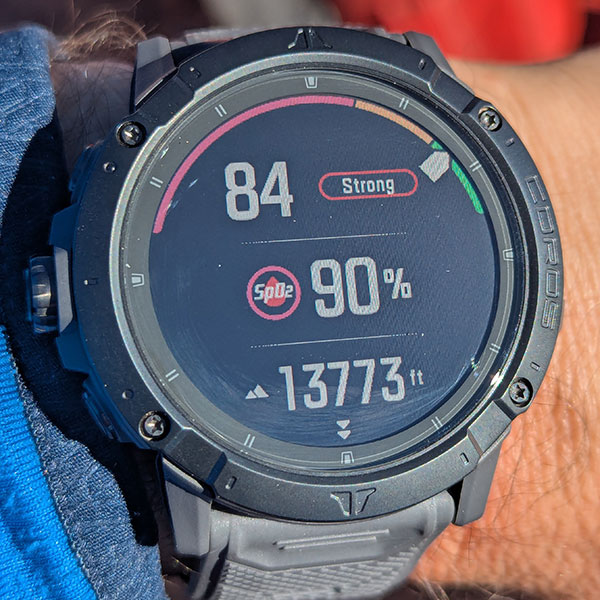
And my Oura ring even confirmed it for me — haha!
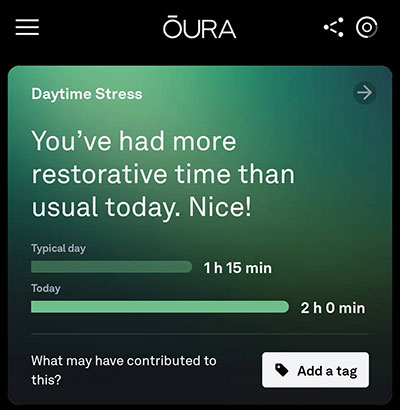
I took another shower to get a pair of socks and underwear washed for the hike out, 7 days from now.
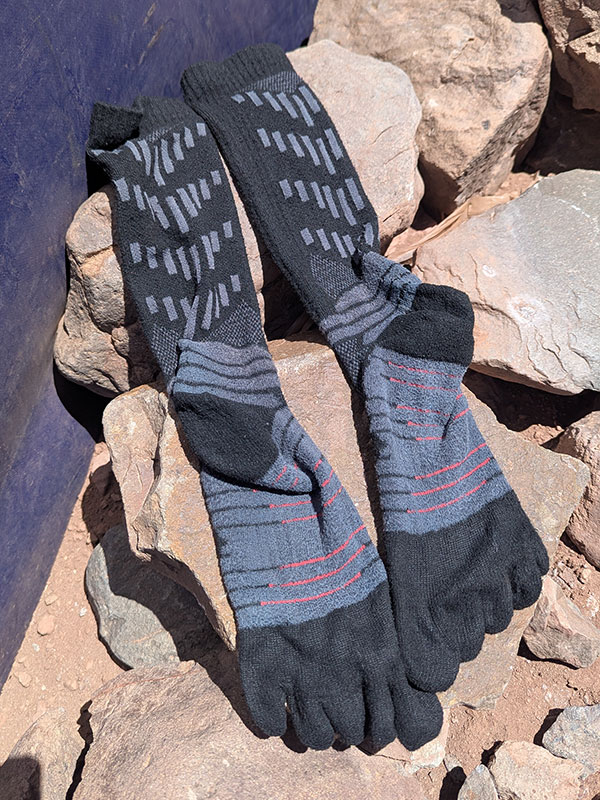
Then laid around and listened to Zeppelin before completing a final medical check — everyone got the green light to GO.
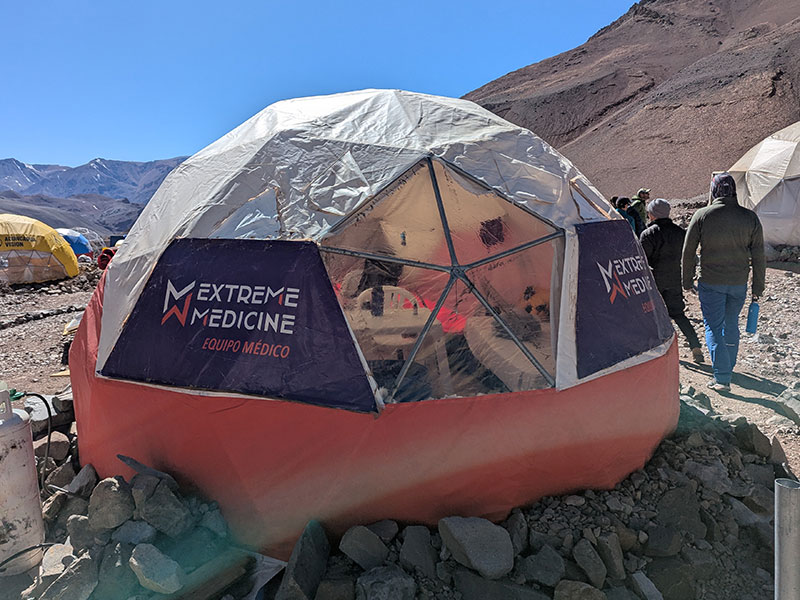
Last but not least, we discussed our summit plan based on weather that was being closely monitored.
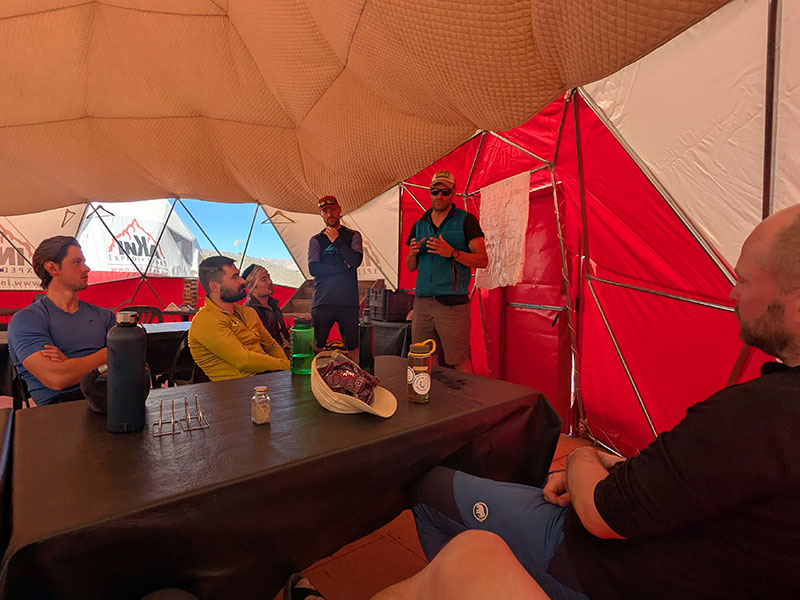
The decision was to start moving to higher camps tomorrow (Friday, 2/14 — Valentine’s Day), with the best weather window looking to be Tuesday (2/18) or Wednesday (2/19) for our summit push!
